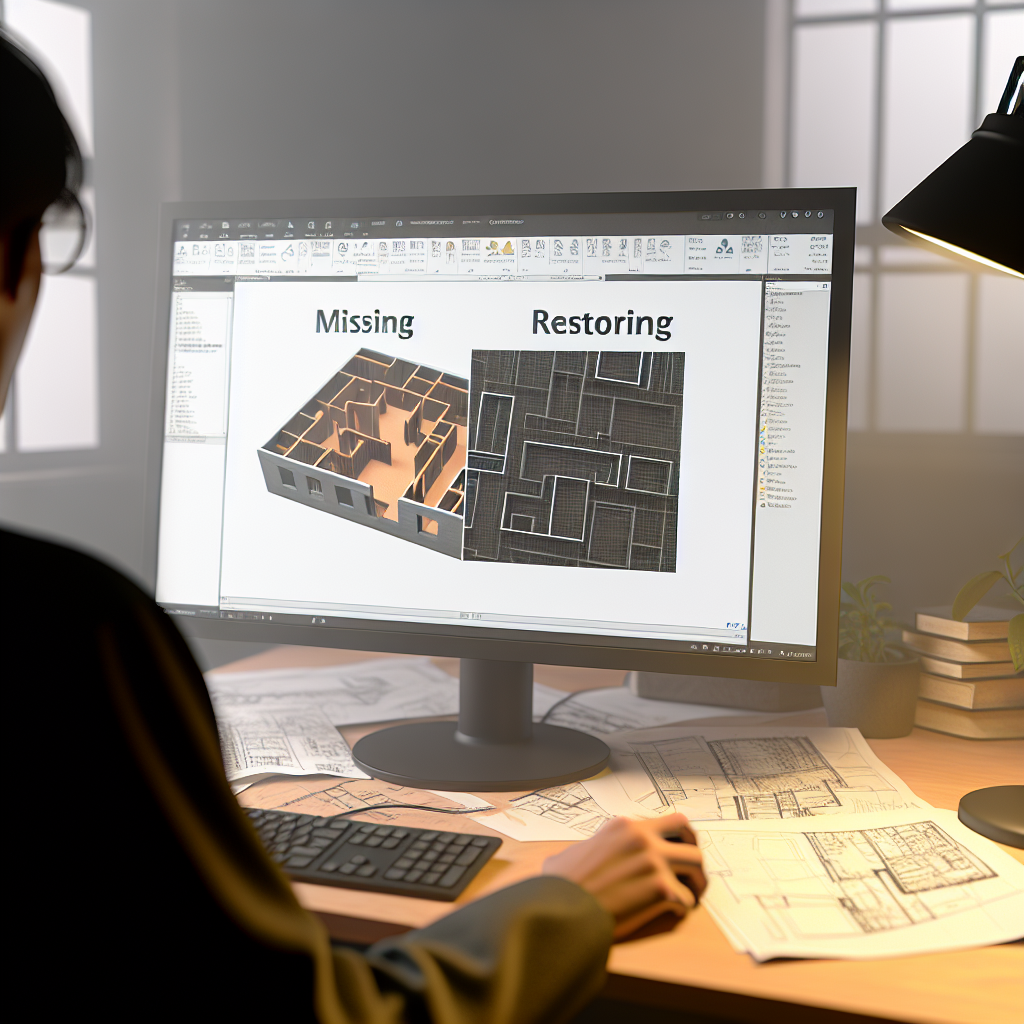Are you experiencing issues with a missing Content Library in Revit 2023? Updating and restoring your library can seem complex, but with the right steps, you can resolve these issues efficiently. This guide offers a detailed explanation of how to update your Revit 2023 Content Library, ensuring seamless design workflows and access to all necessary components.
Understanding the Cause of Missing Content Library in Revit 2023
Before diving into solutions, it’s important to understand why your Content Library might be missing or incomplete in Revit 2023. Typically, this issue arises due to:
- Incomplete or corrupted installation process
- Accidental deletion of library files after installation
- Updates or patches that replaced or disrupted library paths
- Custom library locations that are no longer accessible
Recognizing these causes helps target the right troubleshooting steps and ensures that your library functions properly for your projects.
Step-by-Step Process to Update and Restore Your Revit 2023 Content Library
Updating your Content Library involves verifying its installation location, repairing or reinstalling the library, and properly configuring paths within Revit. Follow these detailed steps:
- Locate the Current Content Library Path: Access the Revit Options menu by clicking File > Options > File Locations. Check the paths listed under Content Libraries to see if they point to the correct directories.
- Download the Latest Content Library Pack: Visit the Autodesk Knowledge Network or your Autodesk account portal to download the latest Revit 2023 Content Libraries. Ensure you select the correct version and language.
- Install the Content Library Update: Run the downloaded installer. During setup, specify the correct directory if prompted, ideally aligning with the location set in Revit options. This process replaces missing or corrupted files with fresh components.
- Update the Library Paths in Revit: After installation, go back to File > Options > File Locations. Edit the Content Libraries paths if necessary, pointing them to the newly installed folder. Save the changes.
- Verify and Restart Revit: Launch Revit and open a project. Navigate to the Add-Ins tab, then click Content to confirm that the libraries appear correctly. Restart Revit if content still does not show properly, to ensure all changes are applied.
Additionally, consider managing multiple library locations or creating shortcuts to avoid future issues. Regularly check for updates from Autodesk to ensure your libraries stay current with software patches and new content.
Conclusion
Updating your Revit 2023 Content Library is essential to maintain a smooth workflow and access the full range of components necessary for your projects. By identifying the root cause, downloading the latest libraries, and correctly setting paths within Revit, you can effectively resolve missing content issues. Following this guide helps ensure your library remains comprehensive and functional, supporting efficient design processes.
